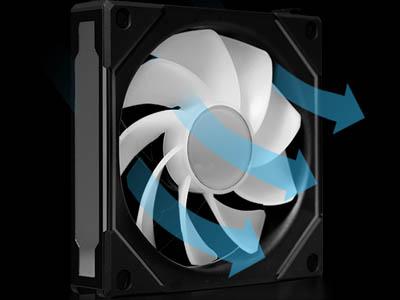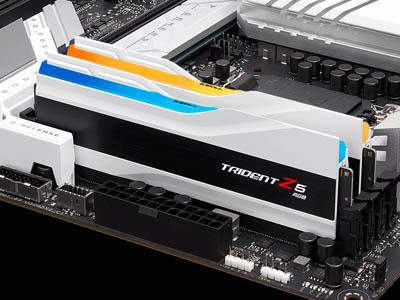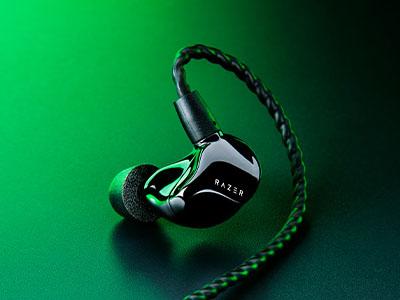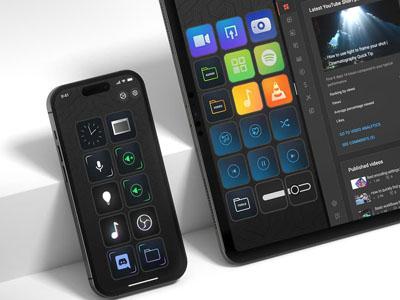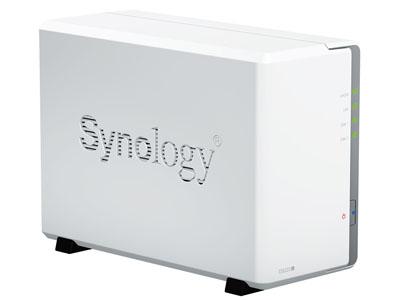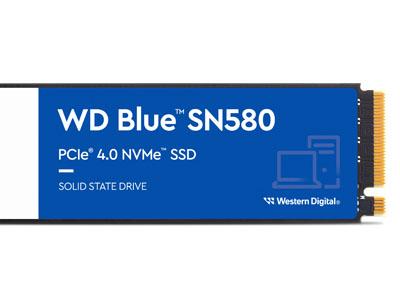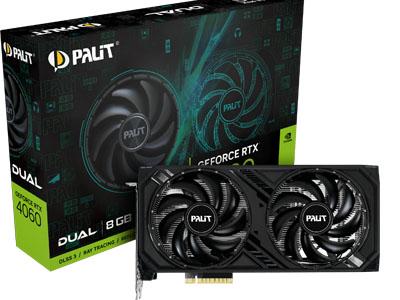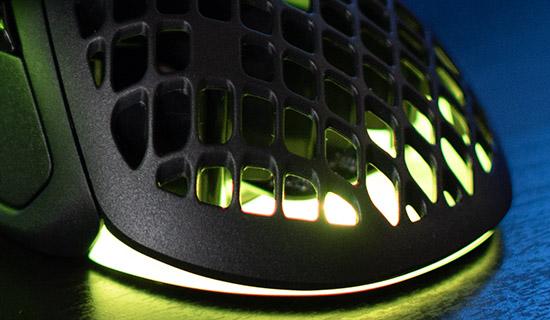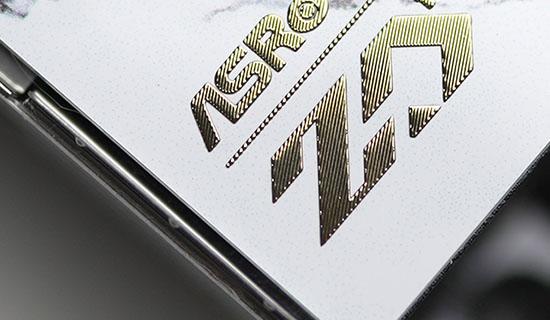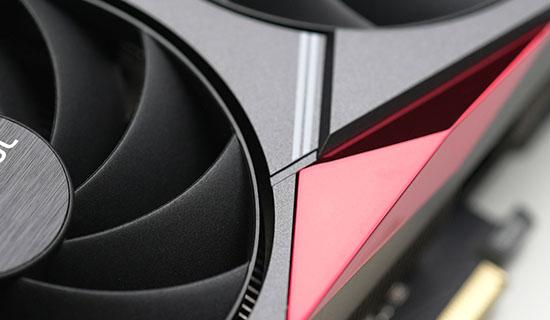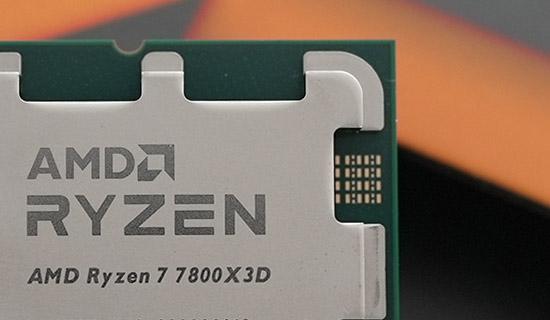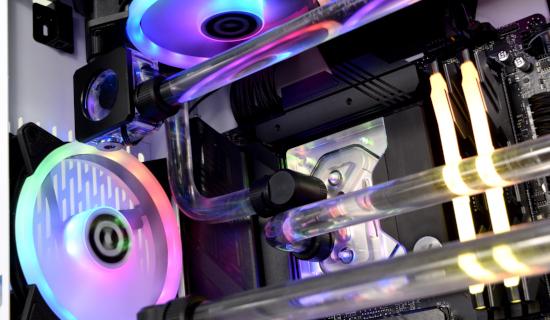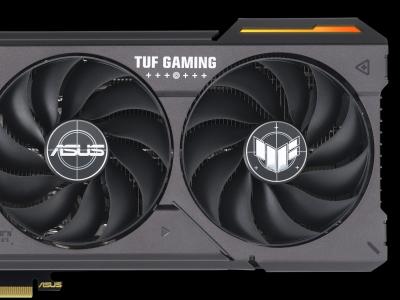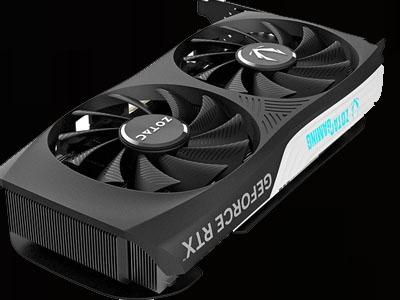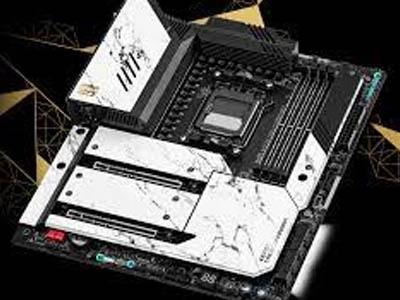MSI’s MPG X670E CARBON WIFI conforms to a standard ATX form factor, making it compatible with the majority of PC cases currently on the market as well as those already in the hands of consumers. Port layout is similarly within industry norms, making routing for standard power and data cabling very conventional.
As a mid-tier design we’d expect the X670E CARBON WIFI to arrive with a few perks, but nothing too outlandish. The package comes with:
- WiFi 6E Antenna
MSI branded USB thumb drive
EZ M.2 Clips (toolless retention clips for M.2 drives)
RGB Extension Cable / Y Splitter (one four-pin female to two male)
RGB Extension Cable
Two Sata Cables
Case and cable labelling stickers
MSI branded USB thumb drive
EZ M.2 Clips (toolless retention clips for M.2 drives)
RGB Extension Cable / Y Splitter (one four-pin female to two male)
RGB Extension Cable
Two Sata Cables
Case and cable labelling stickers
So nothing too opulent, but each is a worthwhile inclusion nonetheless. We’re very happy to see MSI utilise the EZ M.2 clip system rather than screws, and would like to see more manufacturers offer this solution over screws if possible.
The board itself retains the dark tone of previous CARBON designs, but the busy nature of the board breaks up any hope of an all-black design without a full-cover fascia (rather than the partial cover we see here). There’s also a lot of text and branding over these surfaces, making it less of a blank canvas than some might be hoping for.
The motherboard’s AM5 socket supports the whole range of Ryzen 7000-series CPUs and will likely support forthcoming AM5 CPUs long into the future through BIOS updates. We should remind readers however that the pins in LGA sockets are fragile, so the CPU installation process should be handled with utmost care. Older AM4 coolers which utilise the clip retainer system should be compatible with the new AM5 socket but other styles may not be supported. Check with the cooler manufacturer prior to installation; some manufacturers also offer upgrade kits to those who need it.
The CARBON WIFI is equipped with two eight-pin 12V connectors for direct supply to the CPU, a feature that we’ve found is the norm for X670E motherboards but not necessarily supported by every PSU below 700W. Their location is ideal for cable management purposes and there’s just enough clearance to the surrounding heatsinks that attaching and removing cables isn’t difficult.
The power delivery heatsinks aren’t quite as heavily engineered as others we have seen, but it’s notable that MSI have chosen to utilise fins running parallel to the board rather than perpendicular. In theory, this should mean that air flow is less inhibited, trapping less heat particularly in the left-hand heatsink. In this instance the heatsink cover blends seamlessly into the overall design, and features an MSI logo (with RGB illumination, naturally). The size and tapered nature of the heatsinks will reduce the risk of CPU heatsink incompatibility with this board.
This design leverages an 8-layer PCB for improved signalling, an aspect it holds in coming with all other X670E motherboards released thus far.
Further along the top there are four PWM fan headers, while a two-digit LED display is a great addition for overclocking and general boot troubleshooting. Four DDR5 DIMM slots are in the expected location; A2//B2 are the recommended installation locations for two DIMMs operating in dual-channel mode.
As we travel down the right-hand edge we meet an ARGB header followed by EZ Debug boot indicator LED, the 24-pin ATX power connector, and a USB 3.2 Gen 2 front panel connector (supporting up to 10Gbps). However, just before the ARGB header there’s another header marked JWB1; this is intended for an EK water cooling monoblock that’s designed specifically for the X670E CARBON but not part of the motherboard’s retail bundle.
We reach six SATA 3 6Gbps ports as we travel further down, followed by a USB 3 front panel connector. Each of these are angled parallel to the motherboard, allowing for tidier cable management if the case’s cable routing holes are aligned with these connectors. One final PWM fan connector rounds out the right-hand edge.
The MPG X670E CARBON WIFI is notable in that it increases the distance between CPU socket and first PCIe x16 slot to accommodate two M.2 slots rather than just one. This has the effect of lowering the position of installed discrete PCIe GPUs, and reduces the gap between first and second PCIe slots. We should also note that none of the slots conform to the newer and wider 25110 and 2580 M.2 standard, posing some compatibility issues for future drive designs. One of the four total slots supports a long 22110 M.2 drive.
The second x16 slot is wired for eight lanes of PCIe 5.0 signalling, and x8/x8 operation is supported should both slots be populated. It’s recommended that the slot remain unused if using a single discrete GPU. The final x16 slot supports PCIe 4.0 x4 signalling off the chipset.
Each M.2 drive slot is covered by a heatspreader, and to improve thermal performance MSI have pre-installed thermal pads on both the motherboard PCB and each heatspreader. Note also that the heatspreader is completely removable, allowing M.2 drives with their own cooling solution to be installed.
Finally, located along the bottom edge are a set of front panel headers, a pair of USB 2.0 headers, a USB 3.0 header, the PWR/RST switch and LED jumpers, an ARGB header, and two PWM fan headers (bringing the total to seven). There are no surprises here, everything is laid out cleanly and clearly but you will need an exceptionally long front panel audio cable to reach the very bottom and back of the board.
The board may seem cramped but, presupposing your case has at least good cable routing cutouts, it should be easy to achieve a very clean build. While seven system fan/pump headers isn’t the largest number we’ve seen it’s also far from the smallest, so air and water cooling preferences should both be amply catered to.
As with all X670E motherboards, the CARBON WIFI features a wide selection of I/O and functionality from both chipset and the CPU SOC:
- Smart, Flash BIOS and Clear CMOS buttons,
Displayport 1.4 and HDMI Ports (for on-board graphics)
USB 2.0 (black), USB 3.2 Gen 2 10Gbps port (red) and USB 3.2 Gen 2 10Gbps Type-C ports
Four USB 3.2 Gen 2 10Gbps Type-A ports,
2.5GbE, USB 3.2 Gen 2 10Gbps port, USB 3.2 Gen 2x2 20Gbps Type-C port.
WiFi 6E (802.11ax) aerial sockets,
7.1 channel audio ports and Optical S/PDIF Out connector.
Displayport 1.4 and HDMI Ports (for on-board graphics)
USB 2.0 (black), USB 3.2 Gen 2 10Gbps port (red) and USB 3.2 Gen 2 10Gbps Type-C ports
Four USB 3.2 Gen 2 10Gbps Type-A ports,
2.5GbE, USB 3.2 Gen 2 10Gbps port, USB 3.2 Gen 2x2 20Gbps Type-C port.
WiFi 6E (802.11ax) aerial sockets,
7.1 channel audio ports and Optical S/PDIF Out connector.
The Smart button has four discrete functions selected in BIOS:
Reset (default) - press the smart button to reset the system.
Mystic Light on/ off - press the smart button to turn on/ off all the onboard LEDs.
Safe Boot - press and hold the smart button and start the system simultaneously to boot in Safe Boot mode. The system will boot with default and lower the PCIe (from CPU) mode.
Turbo Fan - press the smart button for all fans to operate full speed or default speeds
This motherboard lacks both dual LAN and 10GbE, instead leaning on 2.5GbE and WiFi networking. That’s not a huge negative but does reflect the fact that this motherboard will not necessarily have all the premium features you might otherwise have expected from one at its price point in the recent past.
Overall, we have no great complaints about the X670E CARBON WIFI. It’s well put together, has the features you’d expect from a motherboard utilising this chipset, and incorporates a few proprietary tweaks that will set it apart from competitors in the same price bracket. We’re pleased to see a few tweaks that will make hobbyist overclockers happy - particularly troubleshooting features and ways to return to safe settings quickly without fuss - but you get the feeling that the design is really intended for mature gamers who have no real desire for the garish embellishments associated with ‘gamer’ aesthetics. It is, essentially, a CARBON ‘board, but one priced up to X670E norms.













